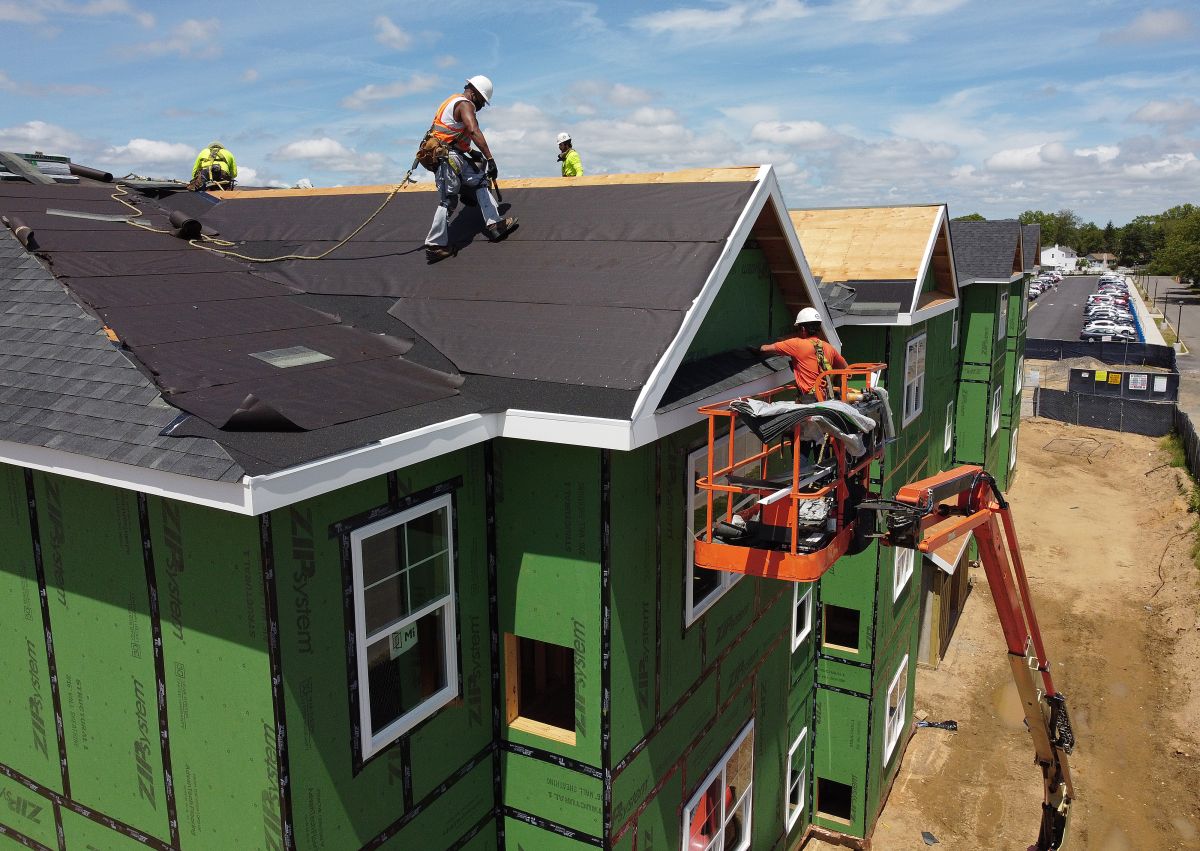- Housing construction is still experiencing the tail end of the recession produced between 2007 and 2009.
The housing shortage has the United States on edge. The quality of life of families and the economy are seriously affected by this phenomenon, which is no longer exclusive to some states to become national.
It is estimated, according to Freddie Mac, that the deficit exceeds three million units, a figure that doubled between 2012 and 2019. Added to the above are the consequences generated by the pandemic. This caused housing and rental prices to skyrocket, due to the increase in demand due to the new remote working conditions, which imply the search for larger spaces and changes of city.
Another decisive factor for the housing deficit has been due to the historical reductions in interest rates, which generated a buying boom, mainly by millennials. There are many young adults today who would like to move out of their parents’ home but can’t afford to move, or roommates who would rather live alone if they could.
Housing construction is still experiencing the tail end of the recession that occurred between 2007 and 2009 and that has left a high cost of land, the reduction of loans for builders and buyers, the increase in the value of materials and the demands of governments local.
Various solutions can be explored, but many, unfortunately, are not in the hands of the builders, as they depend on economic, social and health factors (in the case of the pandemic). For builders, the answer is focused on efficiency throughout the process, from land acquisition to final product.
The US government has made efforts to eliminate bottlenecks in supply chains. Likewise, it has tried to prevent local and state authorities from generating restrictions. However, such efforts have fallen short. We continue to face demands from local governments, which hinder, generate cost overruns, inefficiency, waste and delays in new developments. These are economic policies that create difficulties for North Americans to access loans for home purchase and that cause cost overruns in the construction chain. Thus, obviously, the offer decreases and the prices generated by the high demand increase.
The capacity of the land to build must be made more flexible. In other words, currently, on land where between 40 and 50 units can be developed, only 30 are built due to the restrictions imposed. This generates cost overruns and inefficiency in the use of land.

